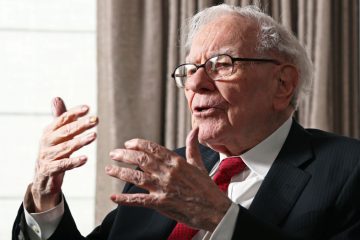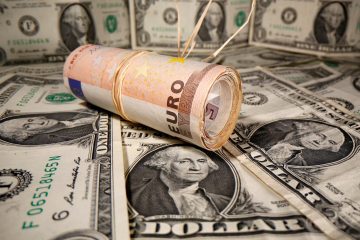Dividend Yield Investing In American Financials
Dividend Yield Investing in American Financials
Investors use various methods for valuing financial companies, such as discounted cash-flow valuation, residual income valuation, as well as price multiple and momentum valuation. Dividend yield investing is another common approach. In its simplest form, dividend yield investing involves identifying among a group of comparable companies the firms offering the highest dividend yields and then investing in those companies.
Dividend yield investing is frequently justified on the grounds that: (1) dividends can represent a substantial portion of an investor’s return; and (2) dividends are a more stable and predictable source of return than price appreciation. Arguments against dividend yield investing frequently center on the fact that: (1) dividends represent only a component of an investor’s total return and that the decision to buy or sell a security should not ignore possible price movements; and (2) higher dividend payout rates can displace future earnings and, as such, depress future stock prices and lower an investor’s total return.
That being said, in our experience, dividend yield investing is used most comfortably when valuing financial companies and, in particular, banks. This article will demonstrate the use of dividend yield investing and apply a ranking structure to 6 American banks – JP Morgan Chase & Co. (JPM), Wells Fargo & Co. (WFC), Fifth Third Bancopr (FITB), Citigroup Inc. (C), Bank of America Corp. (BAC), and U.S. Bancorp (USB).
Calculating dividend yield
A firm’s dividend yield is calculated by dividing its annual per share dividend by the price of the stock (D/P). In practice, analyst frequently use the trailing dividend yield for valuation purposes. This can be calculated as sum of total dividends over the previous 12 months dividend by the current stock price. Alternatively it can be calculated as 4 times the most recent quarterly per share dividend divided by the current stock price. This is the method we will use here.
Dividend yield comparables
Below we consider the purchase of six American bank stocks. Table 1 presents dividend yields on each position. To examine whether differences in yields can be explained by differences in risk and/or growth rates we also present the companies’ Betas and Sustainable Growth Rates (calculated as 3-year average ROEs times 3-year average retention rates). We also provide each company’s rank position. That is, the values in the parenthesis represent where each company ranks along each dimension – growth, Beta, yield – and their total rank scores represent the sum of their rank positions along each dimension.
Table 1: Using dividend yields to compare American bank stocks
Valuation
The U.S. Bancorp and Wells Fargo & Co. exhibit the best sustainable growth rates. Wells Fargo & Co. exhibits the second lowest market risk while it has the third highest dividend yield of 2.59%. This is slightly lower than Fifth Third Bancorp—the company offering the highest dividend yield of 2.75%.
As for the company with the greatest combination of sustainable growth, low risk and dividend yield, U.S. Bancorp is the clear winner, with a total rank score of 6. Citigroup Inc. provides the worst combination of growth, risk and yield, with a total rank score of 17. Bank of America Corp. is also a poor performer with the 6th worst sustainable growth rate, the fifth lowest dividend yield, and the second highest Beta.
Now as a dividend yield investor, you must determine whether a dividend yield of 2.3% growing at a potential compound rate of 10% is sufficient enough to qualify for investment. For Gurus Warren Buffett (Trades, Portfolio), John Rogers (Trades, Portfolio), and Lou Simpson (Trades, Portfolio) we know it is sufficient enough as, over the last 6 months, they have all been adding to their positions.
About the author:
SEENSCO, a Canadian Corporation founded by Daniel Seens, CFA, is an investment research firm located in Ottawa, Ontario. Our Safety-First approach to identifying and evaluating companies helps investors to protect their principal and generate exceptional rates of return.








